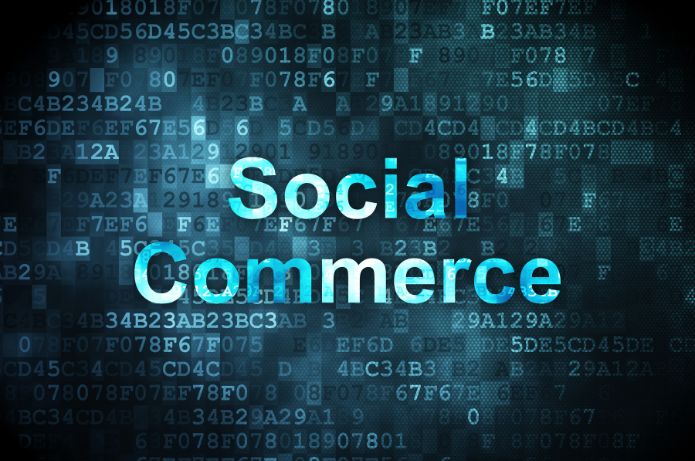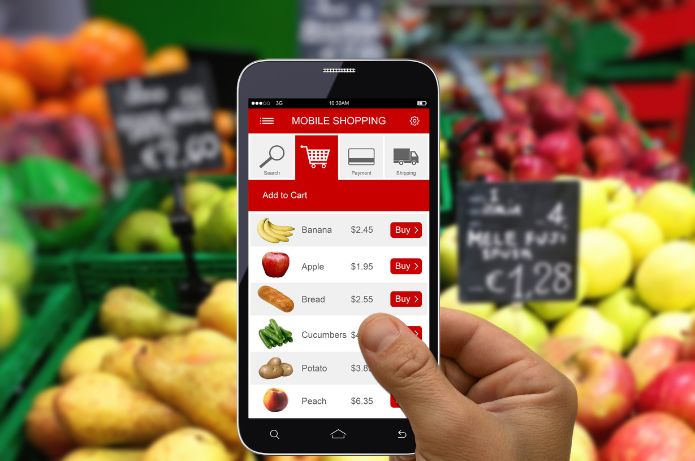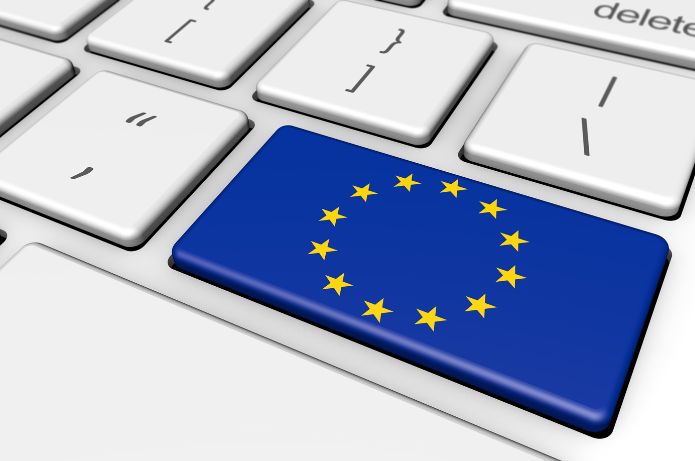Definition:
SaaS, or Software as a Service, in Portuguese, it is a model of software distribution and licensing in which applications are centrally hosted and made available to users via the internet, usually through a web browser
Main Concept:
In the SaaS model, instead of buying and installing the software on individual computers or local servers, users access the application through the internet, usually paying a recurring subscription
Key Features:
1. Cloud-Based Access
– Users can access the software from anywhere with an internet connection
– There is no need for local installation or hardware maintenance
2. Signature Model
– Recurring payments (monthly, annual) instead of a large upfront expense
– Flexibility to scale up or down usage as needed
3. Automatic Updates
– The service provider manages all updates and patches
– Users always have access to the latest version of the software
4. Multitenancy
– A single instance of the software serves multiple clients
– Efficient in terms of resources and costs for the provider
5. Personalization and Integration
– Many SaaS services offer customization options
– APIs available for integration with other systems
Advantages:
1. Cost-benefit: Reduces capital expenses and IT costs
2. Scalability: Easy adjustment of resources according to demand
3. Accessibility: Available on any device with internet access
4. Quick Implementation: Does not require complex installation
5. Focus on the Business: Frees up internal IT resources for other priorities
Challenges:
1. Data Security: Concerns about the protection of sensitive information
2. Internet Dependency: Requires stable connection for access
3. Limited Personalization: Some solutions may have restricted customization options
4. Reduced Control: Less control over infrastructure and updates
SaaS examples:
– Productivity: Google Workspace, Microsoft 365
– CRM: Salesforce, HubSpot
– Communication: Slack, Zoom
– Project Management: Trello, Asana
– Accounting: QuickBooks Online, Xero
Future Trends:
1. Integrated Artificial Intelligence and Machine Learning
2. Greater focus on mobile and responsive solutions
3. Increase in personalization and flexibility
4. Deeper integration with other platforms and services
Conclusion:
The SaaS model has significantly transformed the way companies and individuals access and use software. Offering flexibility, cost efficiency and ease of use, SaaS continues to grow in popularity and adapt to the ever-evolving needs of users. Although it presents challenges, especially in terms of security and customization, the benefits of SaaS make it an attractive option for many organizations, from small businesses to large corporations











